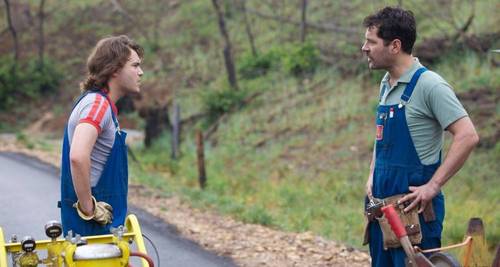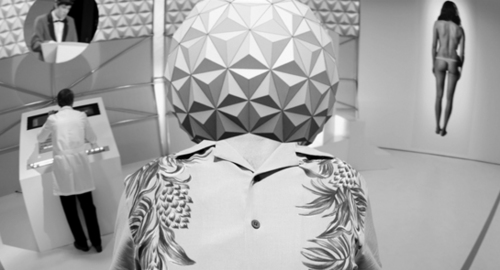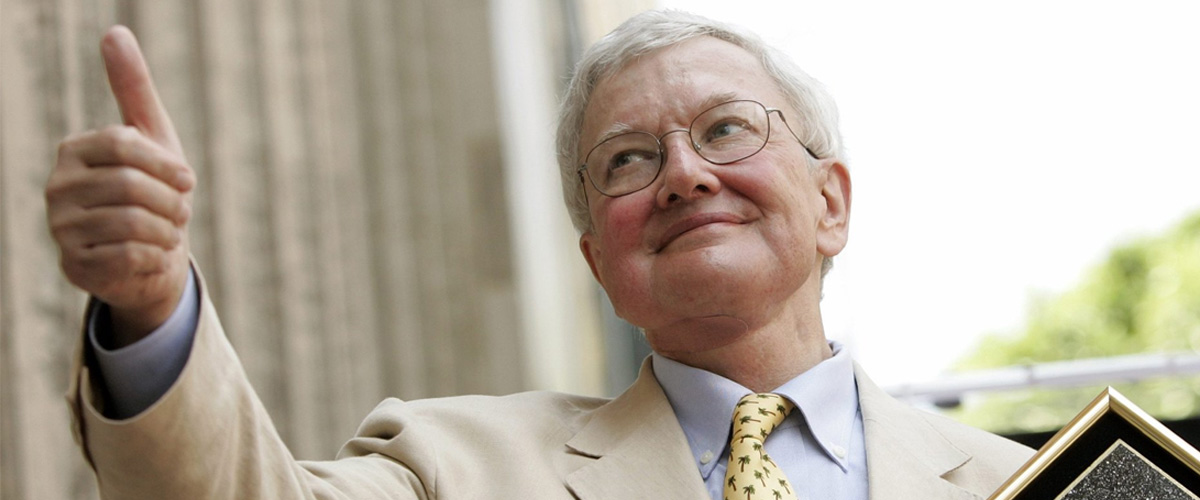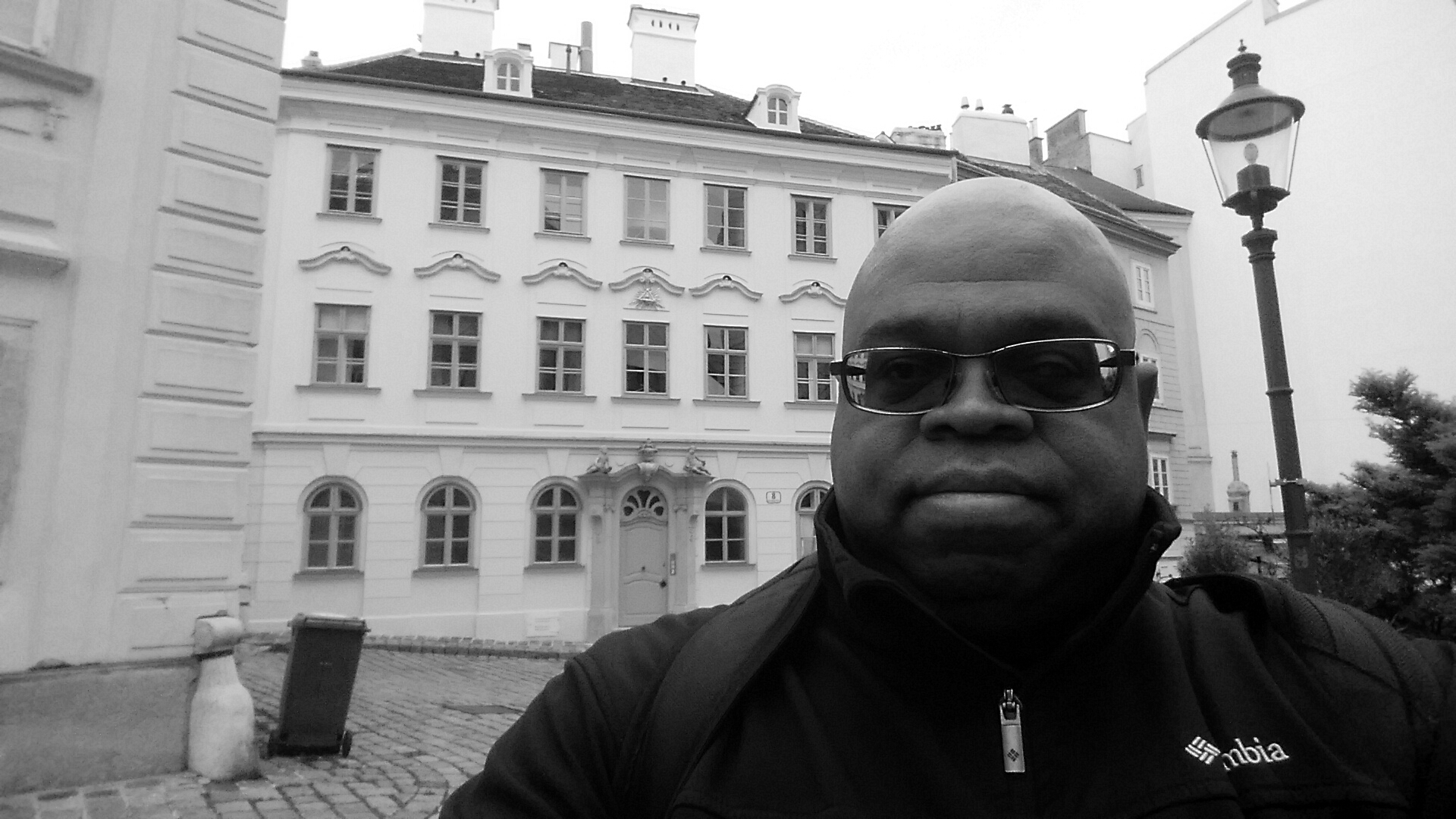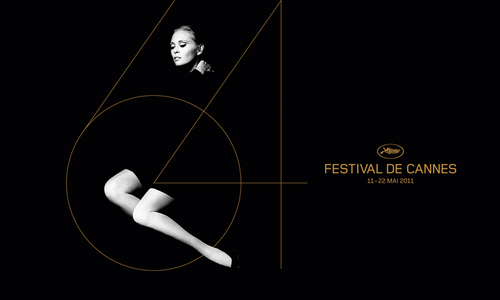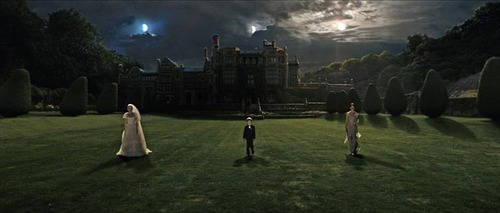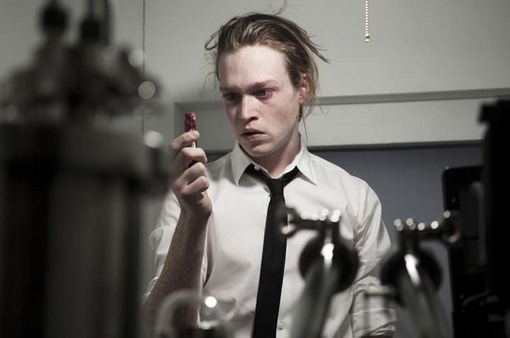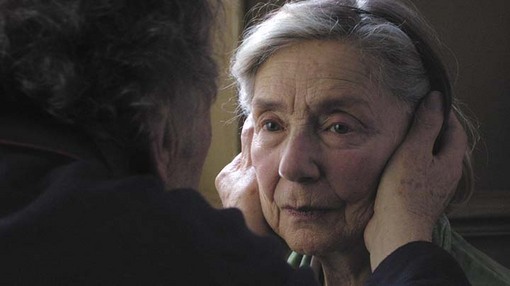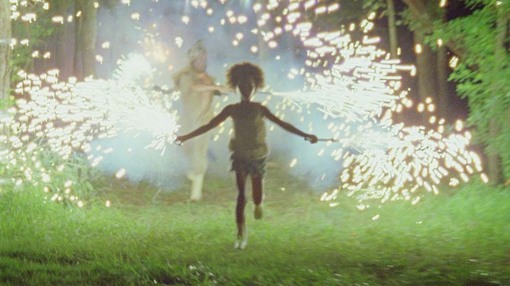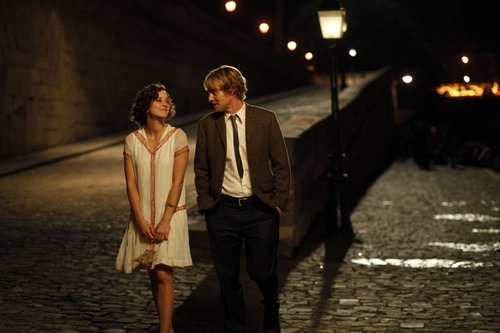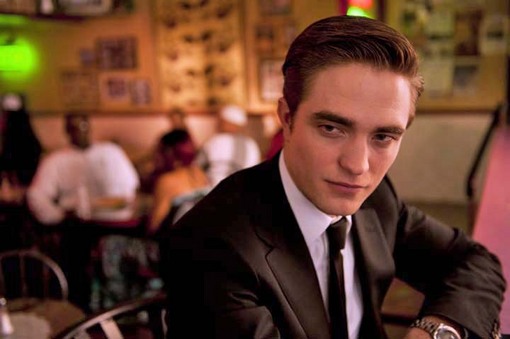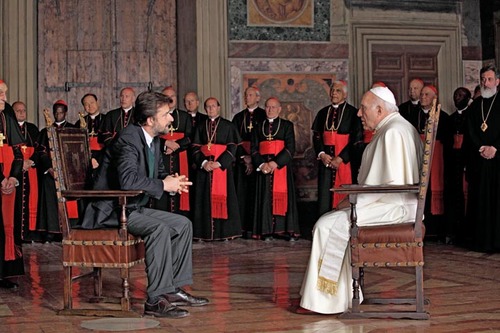May 22, 2009–Austrian Michael Haneke’s “The White Ribbon” is shot in black-and-white and set in an Austrian village in the two years leading up to the outbreak of World War I. A series of increasingly disturbing happenings over a period of months disrupts the otherwise uneventful flow of isolated rural life. These include a planned accident that nearly kills the village doctor, the torture of a child by unknown assailants, and the burning of a barn.
At first it could be assumed that this is a mystery and that Haneke’s intention is to gradually reveal the perpetrators of the increasingly bizarre and cruel acts. Instead he seems to be moving into Dreyer territory, unfolding the story of repression and escalating evil in beautifully precise but rigid compositions that echo the sternness of the social mores and moral precepts of his characters.
Large families headed by unbending fathers are at the center of this film, and there are many children. The actions of certain children arouse suspicion, but then nearly everyone in the film arouses suspicion, as this is no ordinary mystery. In the end, the disturbing chronicle circles around to the beginning to find a meaning. The film’s narrator began the story by saying that the events he was about to unfold may shed some light on later happenings. Haneke leaves it to his audience to decide what is meant by this, but it isn’t too much of a stretch of the imagination to think that these are the youngsters who grew up to wear brown shirts and swastikas.
December 14, 2012


